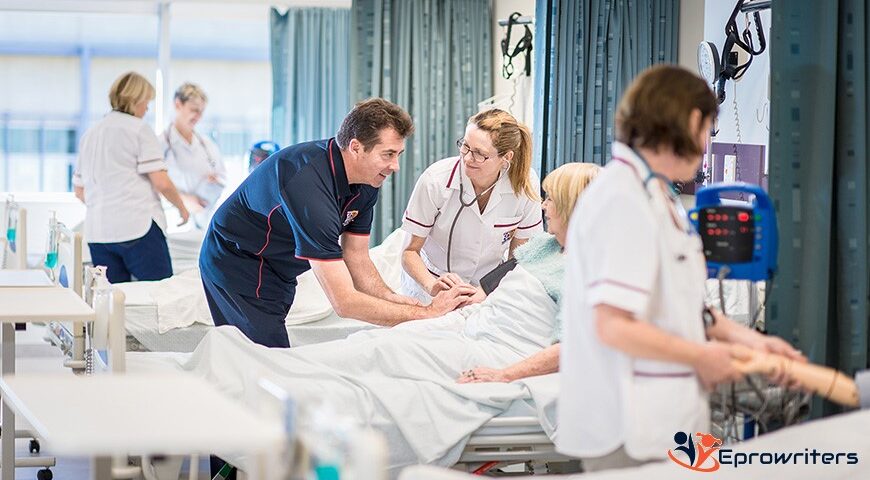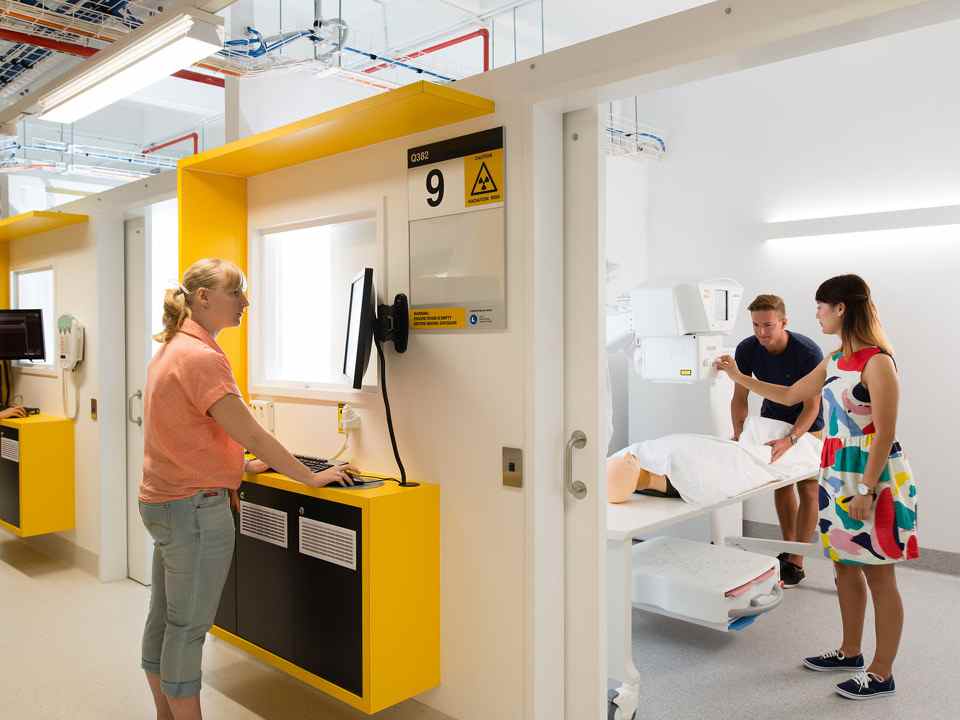- Top Quality Custom Essays
- +1 (628) 201-7932
- eprowriters01@gmail.com
NSC3103 Clinical Sciences 3 Clinical Update on Influenza or Alcoholic Liver Disease
NSC3103 Clinical Sciences 3 Clinical Update on Influenza or Alcoholic Liver Disease

NSC3103
Last updated on October 8th, 2023 at 08:04 am
This NSC3103 Clinical Sciences 3 Clinical Update on Influenza or Alcoholic Liver Disease is founded on the understanding that clinical updates are concise articles designed for educational purposes on clinical issues that relate to practice. You can find some examples of clinical updates in the folder ‘Examples of Clinical Updates’. Please note these are examples only and may not meet all the requirements of this assignment. There are also some examples of previous student papers that received a HD.
This assignment is an 1800 word clinical update on one of the topics below.
Topics (pick one):
- Influenza
- Alcoholic Liver Disease
Due date is Week 10, midnight Friday, 8th May 2020.
When you submit your clinical update to Turnitin, please use the link provided in Blackboard. Late submissions will be submitted through the Late Submission link provided in Blackboard. When you submit your file, please ensure your ‘Submission Title’ on the Submit Turnitin Assignment page only contains the topic title, eg. ‘Influenza’ or ‘Alcoholic Liver Disease’. Nothing else is required for the title…. Do not add “Clinical Update” or your name.
The format of your clinical update and any innovative ideas you use to present your topic should cover the following sections and also the points to consider below:
Introduction:
Provide epidemiological data to illustrate relevant the topic is (Australia andworldwide), definition/explanation about the nature of the condition/disease process, objectives and scope and structure of your paper. A good introduction will get the reader’s interest.
Aetiology & pathogenesis:
- Causes of the disease and risk factors
- Explanation of anatomy/physiology where appropriate
- Pathogenesis, i.e. how the disease progresses and complications
- Implications for public health
Clinical manifestations:
- Explain the signs and symptoms.
Diagnostic process:
- Provide information on a comprehensive diagnostic work-up with rationales
Treatment:
- Implications for pharmacological management (types, action, dosage, side effects)
- Non-pharmacological treatment options
- Health promotion
- Provide rationales for your treatment options, based on the literature
Conclusion:
- This should include a summary of the most relevant points for the practice of a registered nurse. Do not introduce new material. This could be summarised as bullet points.
Need help with this NSC3103 Clinical Sciences 3 Clinical Update on Influenza or Alcoholic Liver Disease or similar assignment?
- Tell Us Your Requirements: Please provide us with the specifics of your paper so that we may do our best to personalize it. Select the discipline, word count, format, academic level, and other details on the order form.
- Connect with the Best Writer: Consult and collaborate with an expert and complete your paper on schedule.
- Monitor the progress: Control the work process by checking the completed parts of your document right away. You can easily submit your comments by chatting with your essay writer on our website.
- Download Your Paper: Get your paper written according to your specifications. It is important to note that you only pay for an essay when you are completely satisfied with the outcome. Please provide us your feedback about our collaboration.
About Us
Eprowriters.com, and its afilliate blog Eprowriters.net, is a custom essay writing service that has been providing academic support with great success for more than five years. We are constantly updating our objectives in order to improve the quality of service we deliver and increase client satisfaction. We’ve progressed to an original concept as a result of our success.


